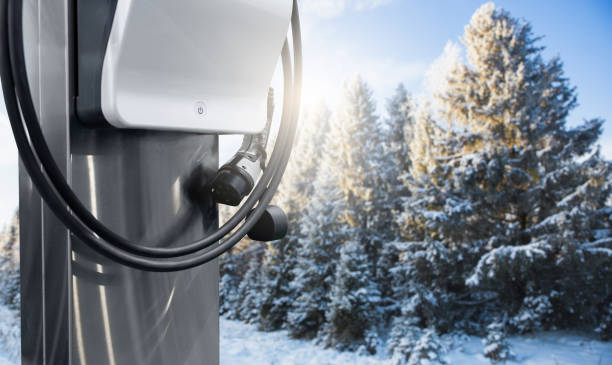
Wellsville is in the midst of a challenging winter, leaving us to make the proper adjustments: heaters are cranked up, sidewalk salt is spread, and cold weather clothing has taken up their seasonal residency in your wardrobe. In the meantime, perhaps you’ve noticed your Chevy Bolt EUV isn’t quite as spry as it was during the summer and fall.
Though you should be commended for making the switch to electric, becoming an EV owner comes with its own, unique set of challenges. Given that conventional car batteries already face challenges in cold weather, it’s not surprising that electric vehicles require some additional attention during the winter months. Your EV’s range and performance may see a slight decrease until the temperature rises, but by following these helpful suggestions, you can confidently weather the season until it changes.
Don’t Let Your Battery Dip Below 20%
During the winter, EV owners may experience a 20-30% reduction in range due to lower battery performance and increased energy consumption. This is completely normal, as the lithium ions in electric batteries tend to slow down in colder temperatures. Ultimately, EV batteries aren’t that different form the human body: they prefer warmer weather, with optimal temperatures of 59-95 degrees Fahrenheit.
When winter arrives, it’s important to take certain precautions. One of these is to always ensure that your battery doesn’t fall below a 20% charge. Cold weather can significantly impact battery performance, making it risky to let the charge drop that low. Just like you would charge your phone or any other electronic device, remember to plug in your electric vehicle when it’s not in use.
Park Indoors When Possible
If you’ve got a garage or storage unit, you should park your car inside during wintertime. But if you’re stuck with street parking, try firing up the engine at least once daily instead of leaving it parked for extended periods. And when circumstances force you to leave it idle, ensure the battery has at least a 70% charge to prevent any degradation.
It’s also important to steer clear of rapid (or DC) charging. While it may not be the most convenient option, charging at slower speeds during colder weather proves more advantageous for the battery’s well-being. Opting for Level 1 charging, known for being the slowest alternative, is actually the recommended choice when facing chilly temperatures. Moreover, if you’re operating a hybrid or plug-in vehicle, remember to activate ECO mode for optimal efficiency.
Monitor Heat Levels
When preparing to go out for work or errands, heat up your electric vehicle beforehand. By gradually increasing the temperature, you can minimize the strain on the battery when you begin driving. If possible, continue to charge your car while heating it, as the heater will absorb power from the charger instead of the battery, maximizing your daily range.
After warming up your car, it’s important to be mindful of the heat consumption. Rather than relying solely on the heater, consider utilizing the heated seat to stay warm. Keep in mind that excessive use of the heat can impact your car’s range. Striking a balance between your comfort and not overusing the heater is key. Just remember – your heater isn’t fond of winter any more than you are.
Remember That We’re Always Here to Help
If your vehicle is still succumbing to the effects of winter, make a trip to Bokman of Wellsville today. From battery replacements to oil changes, our team of service technicians is here to get you to the spring. Remember that your tires also play a huge factor in extending your range, so make sure you have your EV equipped with a proper set of winter tires.
Visit us today and explore the most cutting-edge EVs, including the all-new Hummer EV. After all, the future is bright; reserve your spot in it today.






